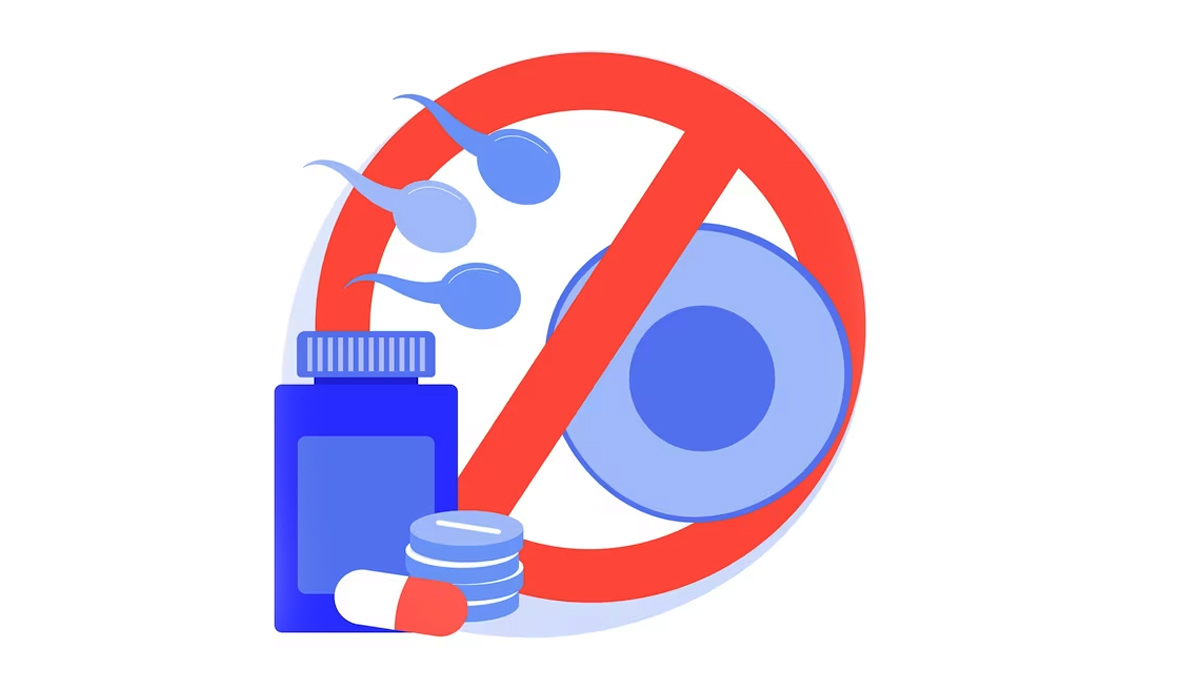
Contraception is important to prevent unwanted pregnancies and lower the risk of infection during sex. Since sex is a personal choice, it is important to educate the youth at an early age, so they don’t indulge in unsafe sex that may lead to unwanted pregnancies or sexually transmitted infections (STIs).
Table of Content:-
The most popular forms of contraception are condoms and birth-control pills. Some intrauterine devices (IUD), contraceptive implants and emergency contraception pills may also be used. Regardless of gender, sexual orientation, or genitalia, it is important to consider which type of birth control to use.
In an interaction with the OnlyMyHealth editorial team, Dr Sushma Tomar, Consultant Obstetrician and Gynaecologist, Fortis Hospital, Kalyan (Mumbai), explained why it is important.
Many young people avoid using contraception due to misinformation, or they are concerned about side-effects. It is critical to dispel misinformation at the appropriate age.
Also read: International Condom Day 2020: Non-Hormonal Methods Of Contraception Explained By Dr Neema Sharma
According to Dr Tomar, birth-control pills are often used to treat medical conditions beyond contraception, like heavy periods, menstrual cramps or to reduce acne. Therefore, the right knowledge to use these pills as contraception is important.
“Since there is easy access to the internet, which has ample misinformation, it’s important for parents to help their kids understand more about contraceptives. If required, expert guidance can also be considered,” Dr Tomar added.
Types Of Contraception
Condom
This is the most accessible and widely used contraceptive that helps prevent pregnancies. It also prevents sexually transmitted diseases (STDs). However, condoms are not 100% effective and might tear or slip off.
.jpg)
Diaphragm
This is a dome-shaped cup made of silicone, which is inserted into the cervix and acts as a barrier. The disadvantage of the diaphragm is the onset of allergic reactions, and requires prior pelvic examination by a doctor to determine the size and fitting, which changes after childbirth.
Pills
Birth-control pills ensure 95% protection against unwanted pregnancy, but do not provide protection against STIs.

Vaginal rings
Vaginal rings are a lightweight and flexible device that is inserted into the vagina. The device prevents sperm from entering the Uterus as it makes the cervical mucus thicker.
Hormone Patches
Hormone patches or skin patches release estrogen and progesterone through the skin to prevent pregnancy. These patches are easy to use, inexpensive, and are usually required to be replaced every week.
Also read: World Contraception Day 2019: Contraception For Men To Be Accessible Soon
Intrauterine Device
Intrauterine device (IUD) is a long-term barrier method that can be suggested by the doctor. It’s mainly a hormonal or copper-based device which is inserted and placed by the doctor and can remain inside the vagina for up to five or 10 years.
Sterilisation
Sterilisation techniques can be used across genders. For males, the technique is called vasectomy and it can be done in surgical and non-surgical ways. Women may choose a procedure known as tubal ligation. Although this is a reversible process, sterilisation is considered a permanent option, therefore the decision to opt one over the other must be taken seriously.
There are many young individuals and couples who need to be appropriately counselled about pregnancy and childbearing, by providing appropriate information about contraceptive methods.
Young pregnancies can be damaging to the mother, physically and emotionally, as the social and economic ramifications are harsh, both for the mother and her partner. It is high time people stopped thinking of contraception as a bad word.
Image credit-- FreePik
Also watch this video
How we keep this article up to date:
We work with experts and keep a close eye on the latest in health and wellness. Whenever there is a new research or helpful information, we update our articles with accurate and useful advice.
Current Version